Professional Courses
Industry-relevant training in Business, Technology, and Design
Categories
Interactive Games
Fun games to boost memory, math, typing, and English skills
Typing
Memory
Math
English Adventures
Knowledge
How Many Students Qualify for JEE Advanced Every Year? Numbers and Analysis
How Many Students Qualify for JEE Advanced Every Year? Numbers and Analysis
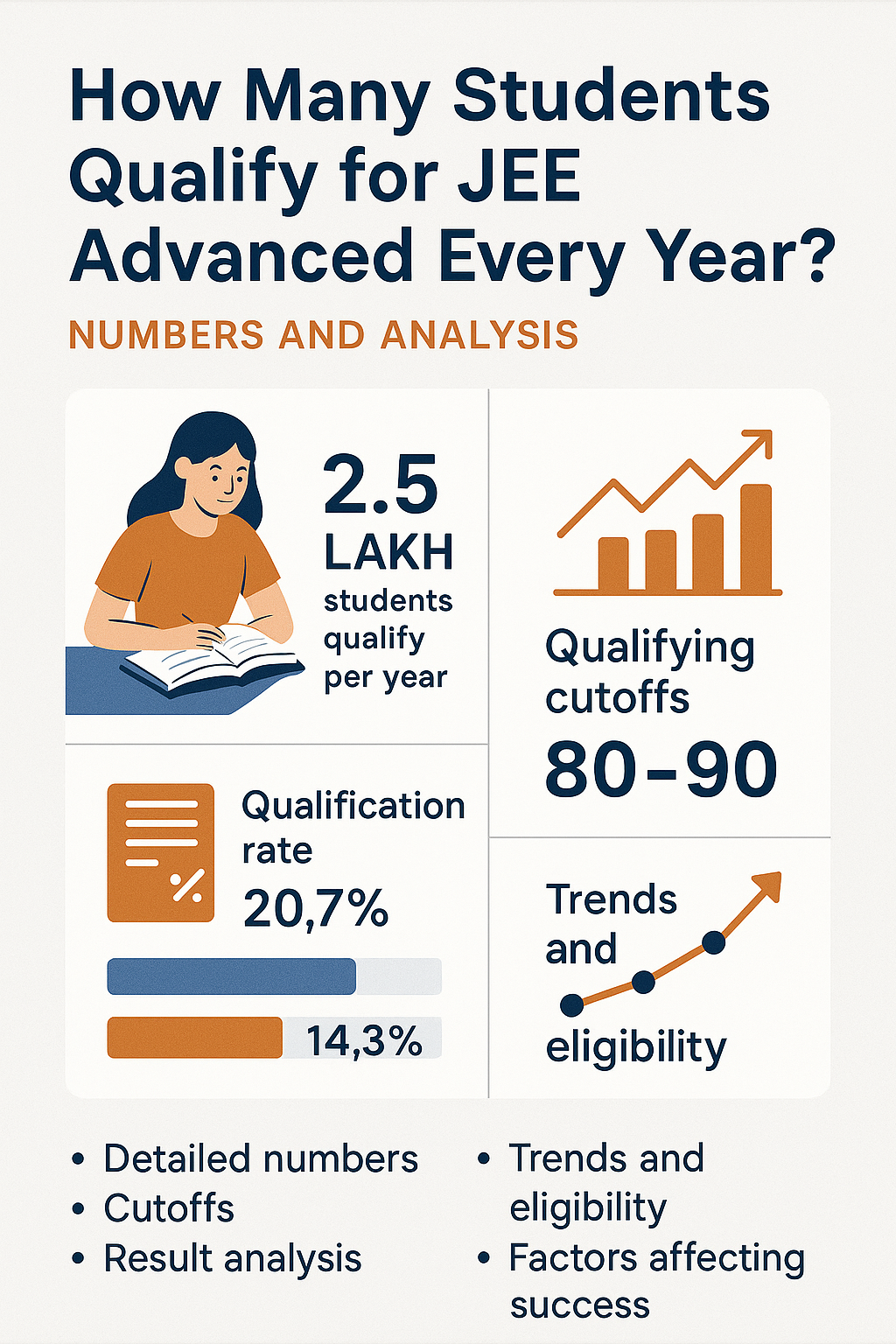
Every year, lakhs of students across India prepare for one of the toughest engineering entrance exams in the world – the Joint Entrance Examination Advanced, more commonly called JEE Advanced. But a question that always comes up is: how many students actually qualify for JEE Advanced each year? What do the numbers look like, how do cutoffs affect eligibility, and what does this mean for aspirants preparing for their shot at the IITs?
In this detailed article, we will break down the qualifying process, look at past year statistics, discuss trends, and provide insights that can help you plan your own preparation more effectively. Whether you are just starting your JEE journey or already targeting the advanced stage, understanding the numbers behind JEE Advanced is crucial.
What is JEE Advanced?
JEE Advanced is the second stage of the IIT Joint Entrance Examination, conducted after JEE Main. Only the top-performing candidates in JEE Main get the opportunity to sit for JEE Advanced. This exam is the gateway to the prestigious Indian Institutes of Technology (IITs) and a few other leading institutes.
To get a seat in an IIT, clearing JEE Advanced is mandatory. This is why every student preparing for engineering dreams of not just cracking JEE Main but also qualifying for JEE Advanced. You can explore more about what JEE Advanced is and how it fits into the larger exam structure by visiting Allrounder AI website.
JEE Advanced At a Glance
- Full Form: Joint Entrance Examination Advanced
- Conducting Authority: One of the IITs on a rotational basis under the Joint Admission Board (JAB)
- Purpose: Entrance test for admission to IITs and some other top institutes
- Eligibility: Top 2.5 lakh JEE Main qualifiers, with category-wise cutoffs
- Mode of Exam: Computer-based test (CBT)
- Frequency: Once a year, usually in May/June
- Duration: Two papers of 3 hours each (both compulsory)
- Subjects Covered: Physics, Chemistry, Mathematics
- Language: English and Hindi
- Marking Scheme: Varies (includes full, partial, and negative marking)
- Difficulty Level: Considered one of the toughest entrance exams in the world
- Admission Scope: IITs, IISc, and some other centrally funded institutions
Who Can Appear for JEE Advanced?
Not every student who appears for JEE Main can sit for JEE Advanced. The eligibility is strictly defined every year. The key criteria include:
- Performance in JEE Main – Only the top 2.5 lakh candidates (including all categories) from JEE Main are allowed to appear for JEE Advanced.
- Age Limit – Students should be born on or after October 1, 2000, with age relaxations for reserved categories.
- Number of Attempts – A candidate can attempt JEE Advanced at most twice in consecutive years.
- Class 12th Performance – Students should have cleared their Class 12 board examinations with the required subjects.
So, while lakhs appear for JEE Main, only a limited number move forward to the advanced stage. To understand more about eligibility criteria and exam guidance, you can check JEE-related course resources at AllRounder.ai
How Many Students Qualify for JEE Advanced Every Year?
Let us now dive into the core question – how many students actually qualify for JEE Advanced annually. The number depends on how many candidates register for JEE Main and how the top ranks are distributed across categories.
- 2023 – Around 2.6 lakh students were eligible to sit for JEE Advanced out of nearly 9.4 lakh JEE Main qualifiers.
- 2022 – Nearly 2.5 lakh students were shortlisted from over 8.7 lakh JEE Main candidates.
- 2021 – Around 2.5 lakh students qualified to attempt JEE Advanced out of 7.5 lakh appearing for JEE Main.
The fixed limit is 2.5 lakh, but the actual number of qualifiers can vary slightly because of category-based reservations and ties in cutoff marks.
Category-Wise Qualifiers
Every year, JEE Advanced maintains strict category distribution to ensure representation across all communities. This means the 2.5 lakh qualifiers include General, EWS, OBC-NCL, SC, and ST students. The split roughly looks like this:
- General category: Around 1,00,000+ students
- OBC-NCL: Around 70,000 students
- SC: Around 40,000 students
- ST: Around 20,000 students
- PwD candidates: Included across categories
This breakdown shows that the cutoff marks to qualify for JEE Advanced vary for different groups, ensuring fair opportunity for all.
JEE Advanced Cutoffs and Their Role
The JEE Advanced cutoff plays a vital role in determining how many students qualify. The cutoff is the minimum percentile a student must score in JEE Main to be among the top 2.5 lakh candidates.
For example, in 2023:
- General category cutoff: around 90 percentile
- OBC-NCL cutoff: around 75 percentile
- SC cutoff: around 55 percentile
- ST cutoff: around 45 percentile
These cutoffs directly impact how many students from each category make it to JEE Advanced.
If you want to review subject-wise practice tests that can help push your scores higher, visit AllRounder.ai for learning through quizzes and interactive challenges.
Trends Over the Years
The number of students qualifying for JEE Advanced has remained fairly consistent in the past few years, always hovering around the 2.5 lakh mark. However, the number of total aspirants appearing for JEE Main has been gradually decreasing compared to its peak.
This means that while the competition is still intense, the ratio of aspirants to qualifiers has shifted slightly. Earlier, less than 10% of students appearing for JEE Main would qualify for JEE Advanced, but now the percentage is slightly higher due to lower overall registrations.
Why Understanding These Numbers Matters
Knowing how many students qualify for JEE Advanced is not just about statistics. It helps you plan your preparation more realistically. For example:
- If you are scoring in the 85–90 percentile range in JEE Main practice tests, you know you are on the edge of qualification.
- If you consistently score above 95 percentile, you can confidently start focusing on JEE Advanced preparation.
- If you are below 70 percentile, you know your first target should be raising your JEE Main scores before worrying about JEE Advanced.
This kind of awareness can save you from wasted effort and guide you to make smarter study plans.
How to Prepare Smartly for JEE Advanced
Even though only 2.5 lakh students qualify for JEE Advanced, the real challenge is clearing it to get a seat in the IITs. Here are some preparation tips to keep in mind:
- Focus on Conceptual Clarity – JEE Advanced questions test deep understanding, not rote learning. Strengthen your concepts in Physics, Chemistry, and Mathematics.
- Practice Previous Year Papers – Going through past JEE Advanced papers helps you understand difficulty levels and recurring concepts.
- Work on Time Management – Both JEE Main and JEE Advanced are time-bound exams. Practice solving questions under strict time limits.
- Take Mock Tests Regularly – Online practice platforms like AllRounder.ai](https://allrounder.ai/courses?grade=12) provide structured mock tests to help you assess performance.
- Balance JEE Main and Advanced Preparation – Since qualification for JEE Advanced depends on your JEE Main rank, do not ignore Main-level practice while preparing for Advanced.
What Happens After Qualifying for JEE Advanced?
Qualifying for JEE Advanced is only the beginning. Once you clear JEE Advanced, you must also secure a rank high enough to get admission to an IIT branch of your choice.
The number of IIT seats available is far smaller compared to the number of students who qualify. For example, while around 2.5 lakh students qualify for JEE Advanced, only about 16,000–17,000 seats exist in IITs. This makes competition even more intense.
Students who do not secure IIT admission can still explore top NITs, IIITs, and other engineering colleges based on their JEE Main rank. You can explore CBSE, ICSE, and IB board-specific preparation resources at:
These resources can help strengthen your base before you move toward advanced competitive exams.
Frequently Asked Questions
-
Is JEE Advanced tougher than JEE Main? Yes, JEE Advanced is tougher, both in terms of question complexity and competition level.
-
How many attempts are allowed for JEE Advanced? Students can attempt JEE Advanced a maximum of two times, in two consecutive years.
-
How many students qualify for JEE Advanced? About 2.5 lakh top rankers from JEE Main are eligible each year.
-
Is JEE Advanced computer-based? Yes, the exam is conducted entirely online.
-
How many marks are needed to clear JEE Advanced? This varies each year depending on cutoff trends, but typically qualifying marks are lower than JEE Main due to the tougher nature of the exam.
Final Thoughts
Every year, the number of students qualifying for JEE Advanced is limited to around 2.5 lakh. While this number may sound large, it is small compared to the lakhs who appear for JEE Main. Understanding the qualifying process, cutoffs, and category distribution gives you a clear picture of where you stand and what you need to do to improve your chances.
If you are aiming for JEE Advanced, your first target should be scoring well enough in JEE Main to make it to the top 2.5 lakh list. Once you are in, the next step is cracking JEE Advanced itself, which requires focused preparation, consistency, and the right guidance.
With proper strategy and resources like the ones available at Allrounder.ai you can steadily move closer to your IIT dream.
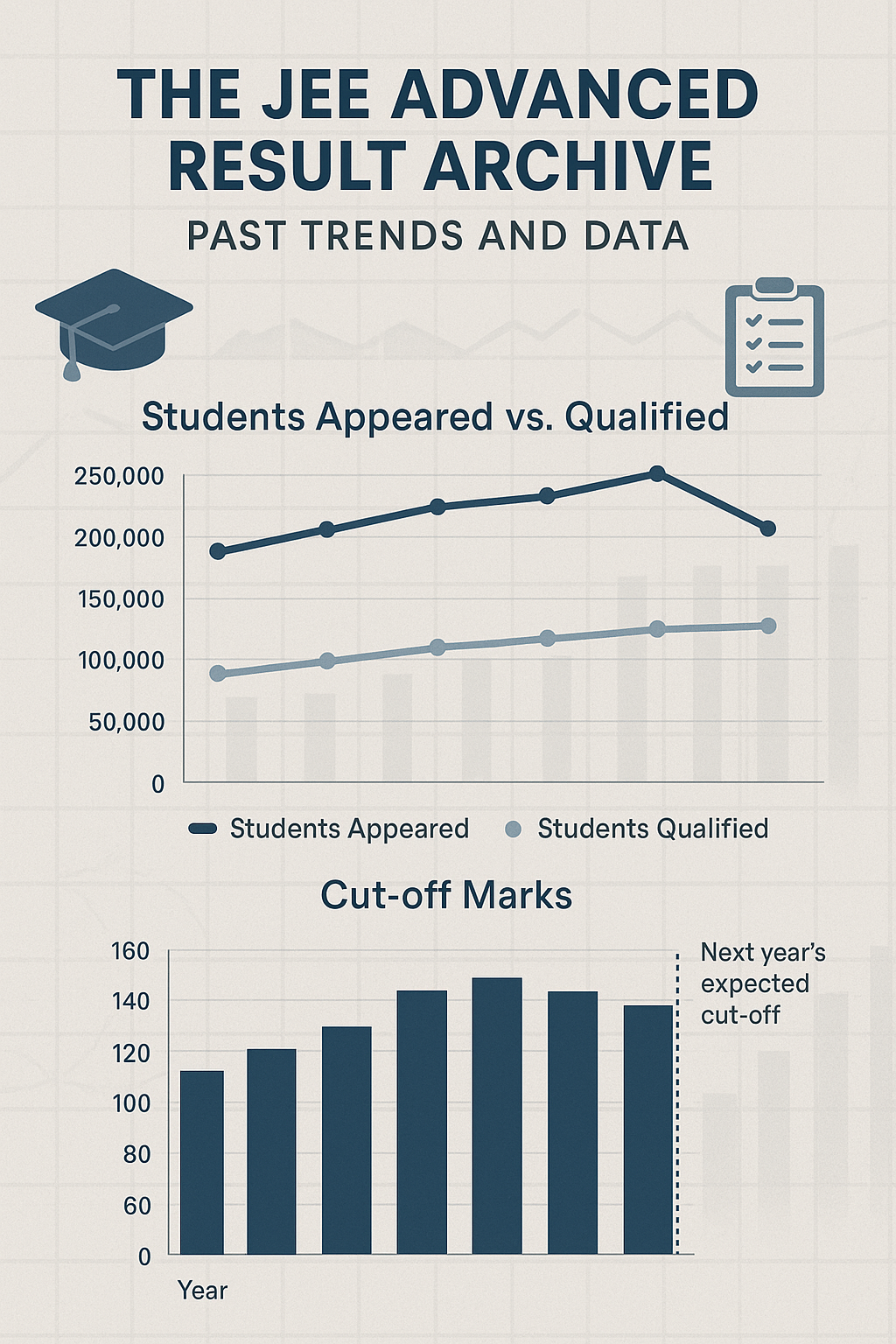
Explore the JEE Advanced Result Archive with past years’ data, insights on students appeared vs qualified, cut-off...

Got your JEE Advanced result? Here’s the complete step-by-step guide to the JoSAA counselling process from...
.jpg?width=500)
How many seats in JEE Advanced? Explore IIT seat distribution across all branches like CSE, Mechanical, Aerospace,...
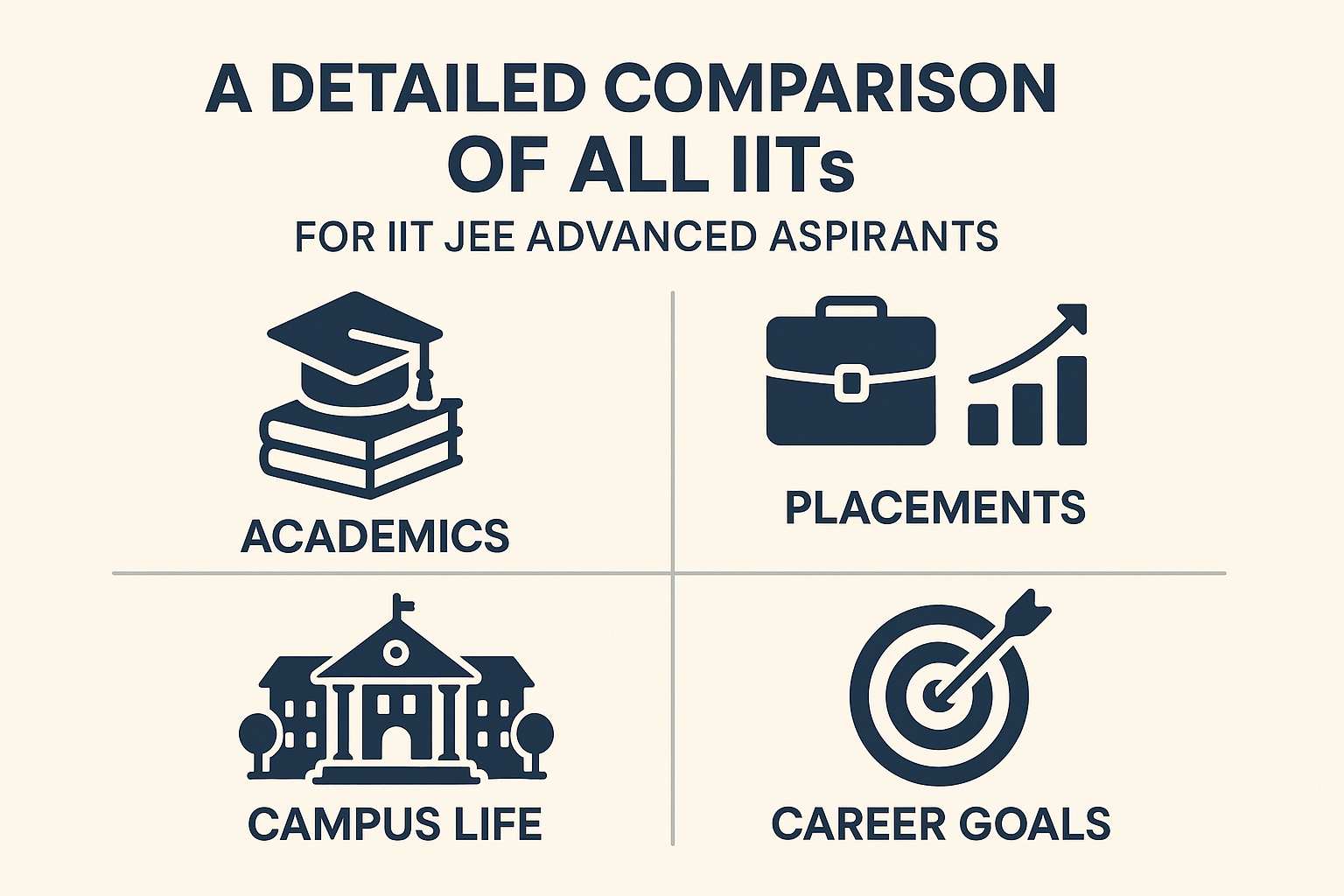
Compare all IITs for JEE Advanced aspirants. Learn about academics, placements, campus life, and find which IIT is...
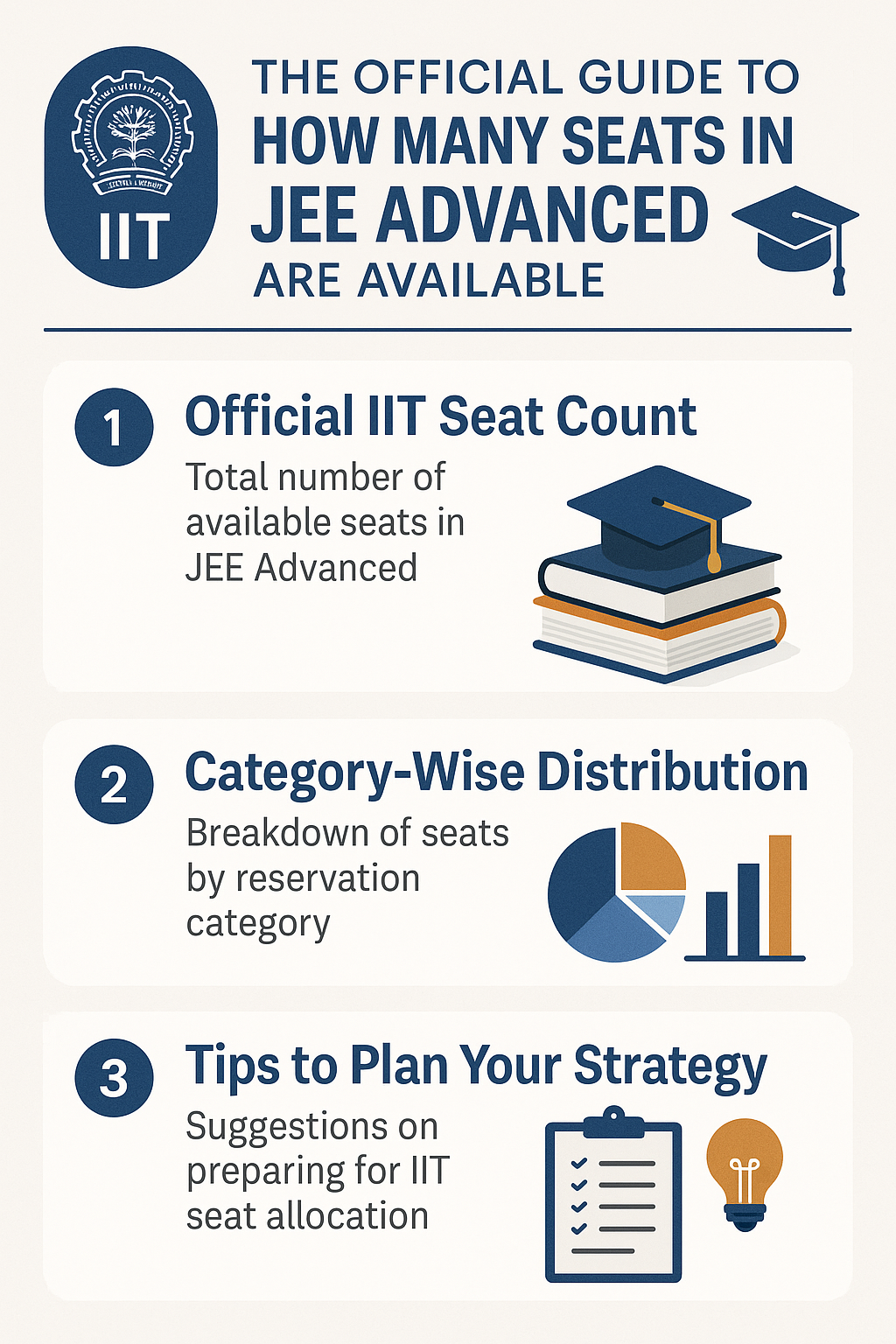
Wondering how many seats in JEE Advanced are available? Get the official IIT seat count, category-wise distribution,...
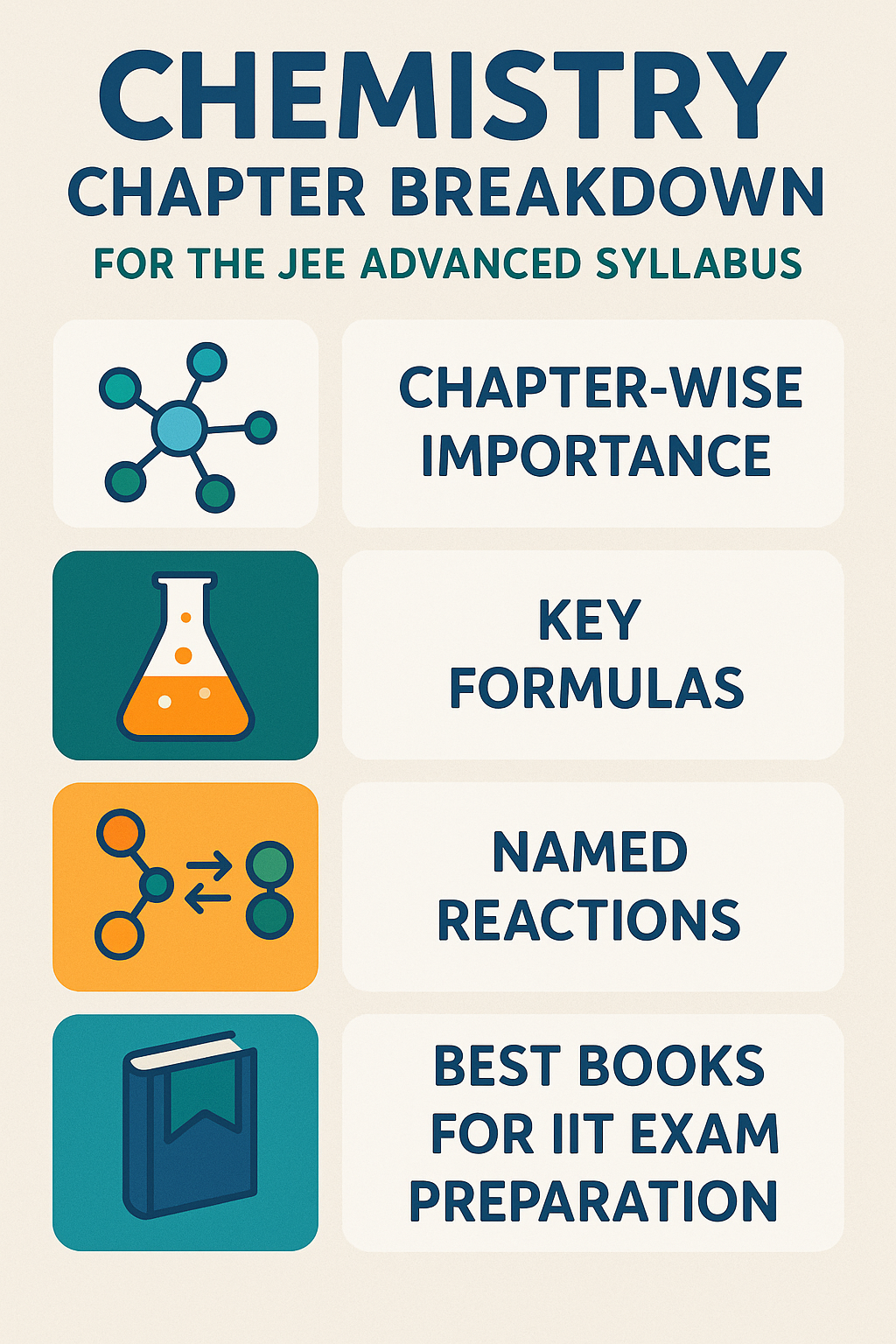
Explore the Chemistry JEE Advanced syllabus with chapter-wise importance, key formulas, named reactions, and the...
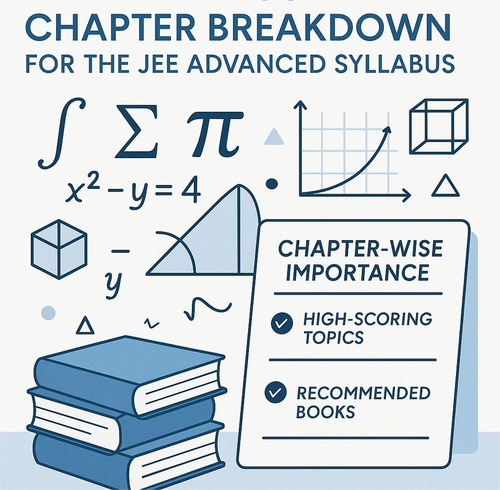
Explore the Maths JEE Advanced syllabus with chapter-wise importance, high-scoring topics, and the best books to...
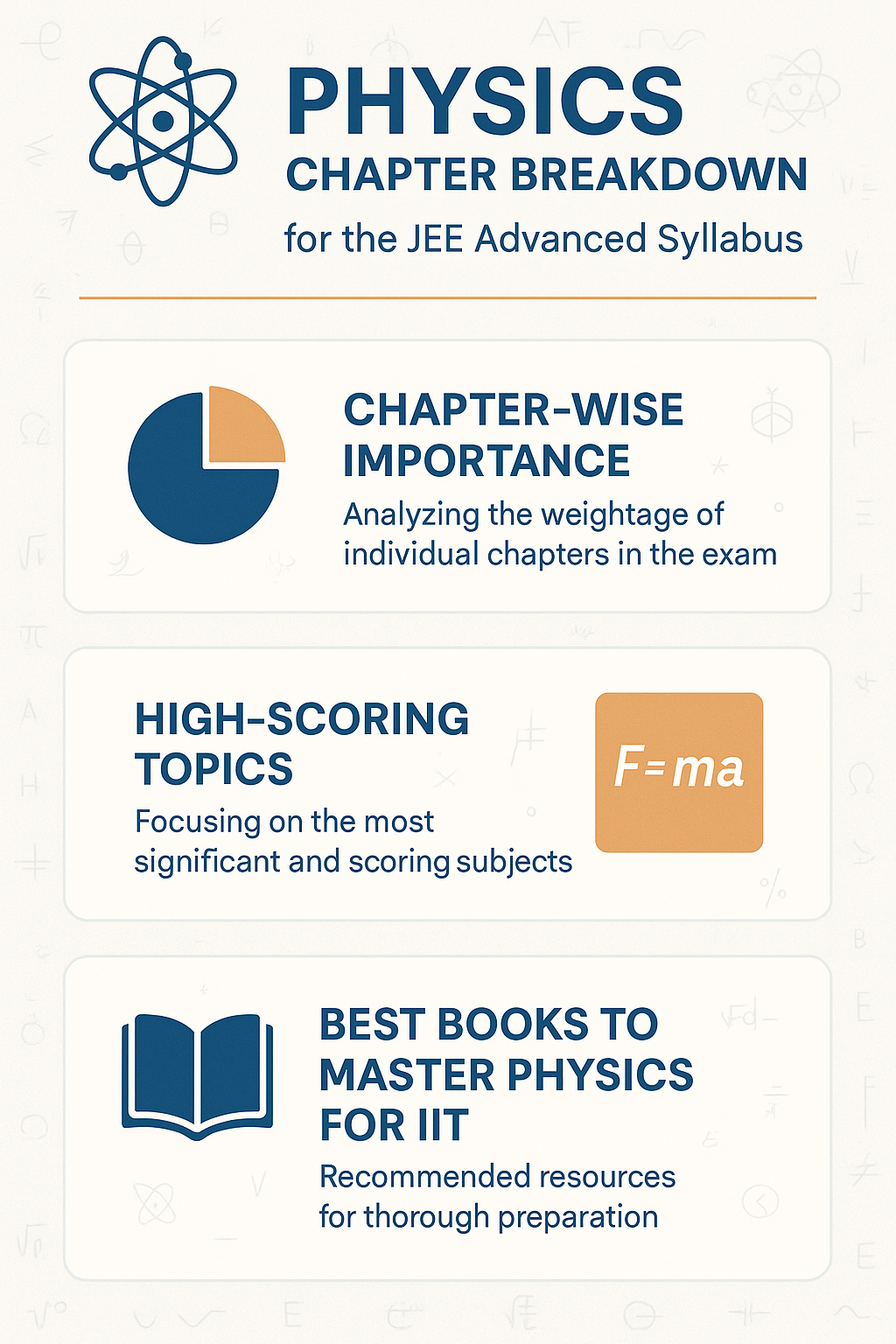
Explore the Physics portion of the JEE Advanced syllabus. Get chapter-wise importance, high-scoring topics, and the...

Learn the complete JEE Advanced registration process. Check eligibility, required documents, fees, and step-by-step...
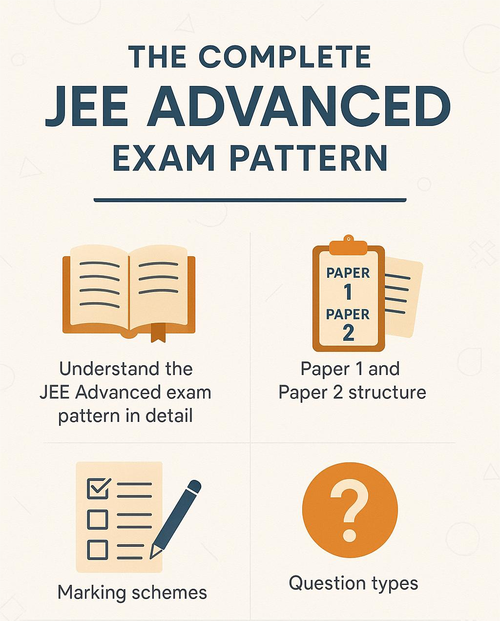
Understand the JEE Advanced exam pattern in detail. Learn about Paper 1 and Paper 2 structure, marking schemes,...

Find out the minimum percentile required for JEE Advanced eligibility. Learn category-wise cutoff trends, rules, and...
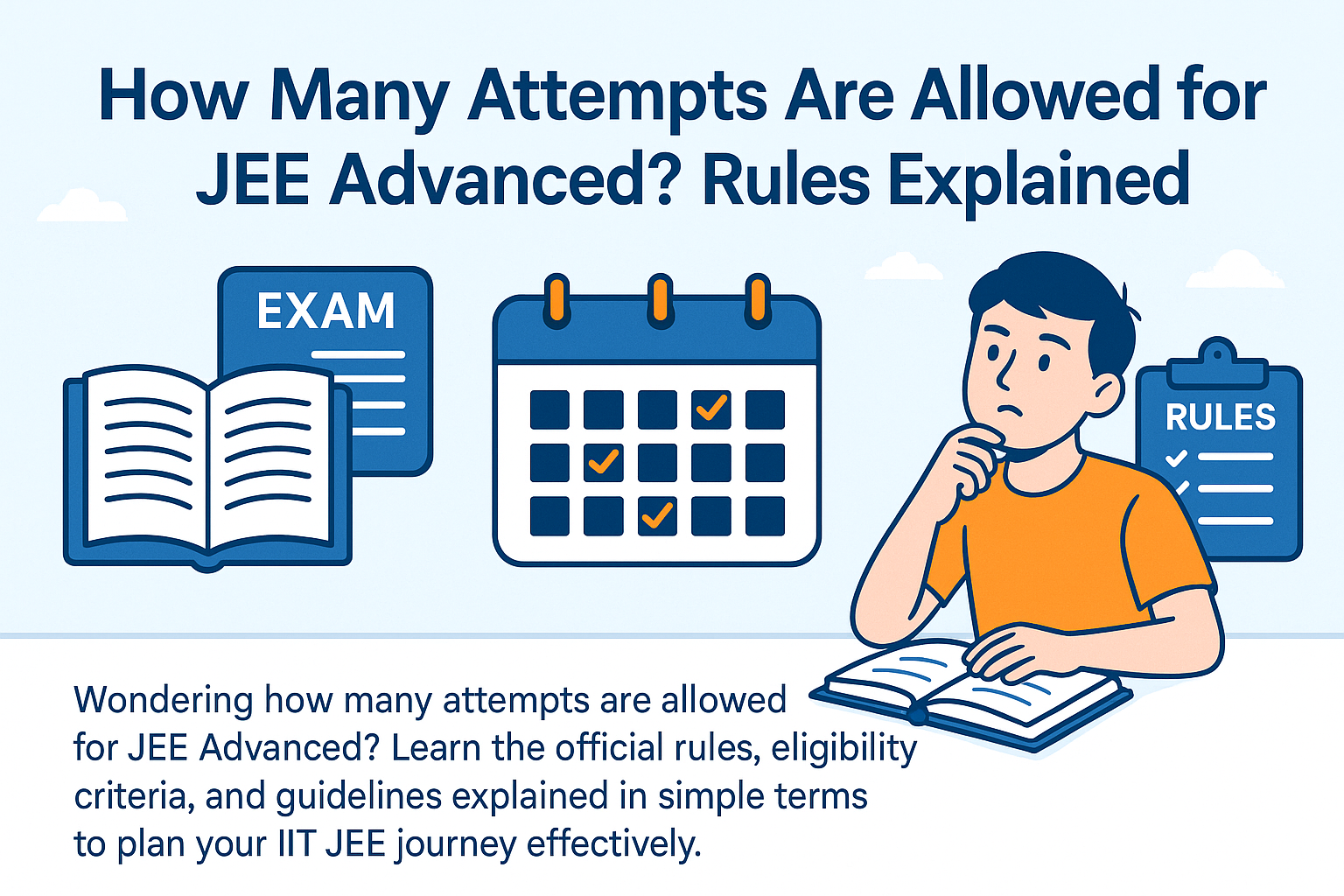
Wondering how many attempts are allowed for JEE Advanced? Learn the official rules, eligibility criteria, and...

Discover how many students qualify for JEE Advanced every year with detailed numbers, cutoffs, and result analysis....

Stay updated with the latest JEE Advanced news. Get details on exam dates, registration process, results, and...
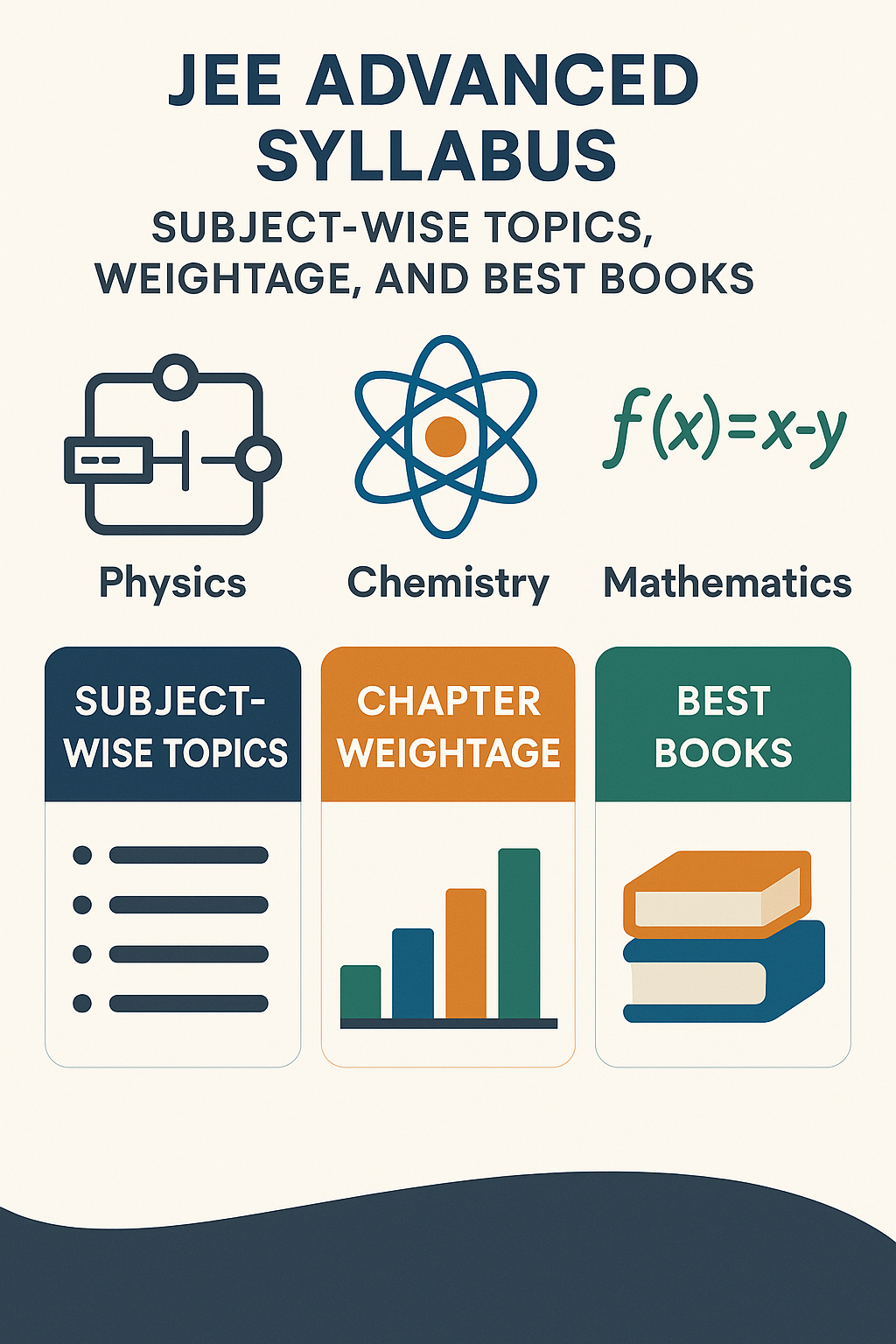
Explore the complete JEE Advanced syllabus with subject-wise topics, chapter weightage, and best books for Physics,...
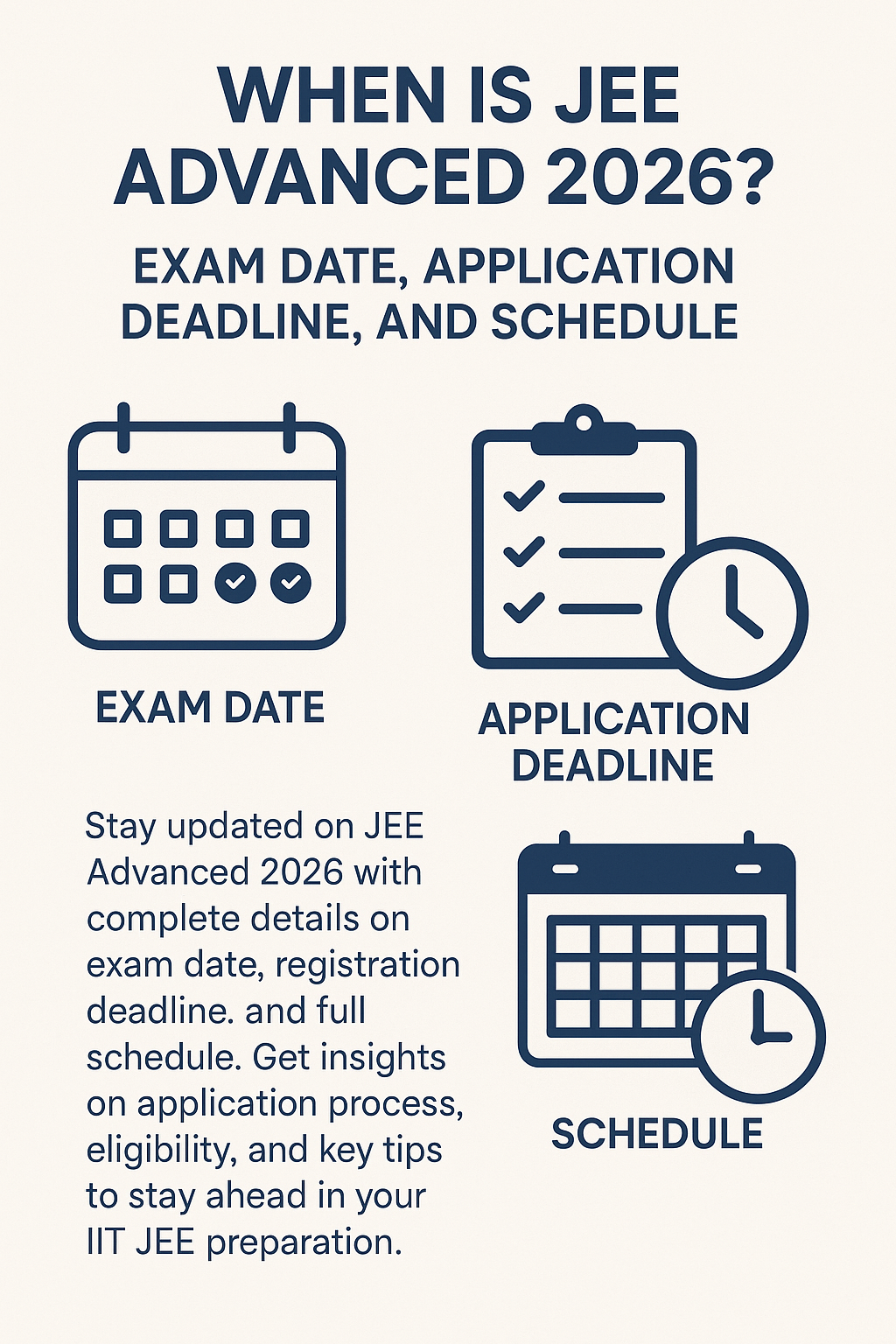
Stay updated on JEE Advanced 2026 with complete details on exam date, registration deadline, and full schedule. Get...
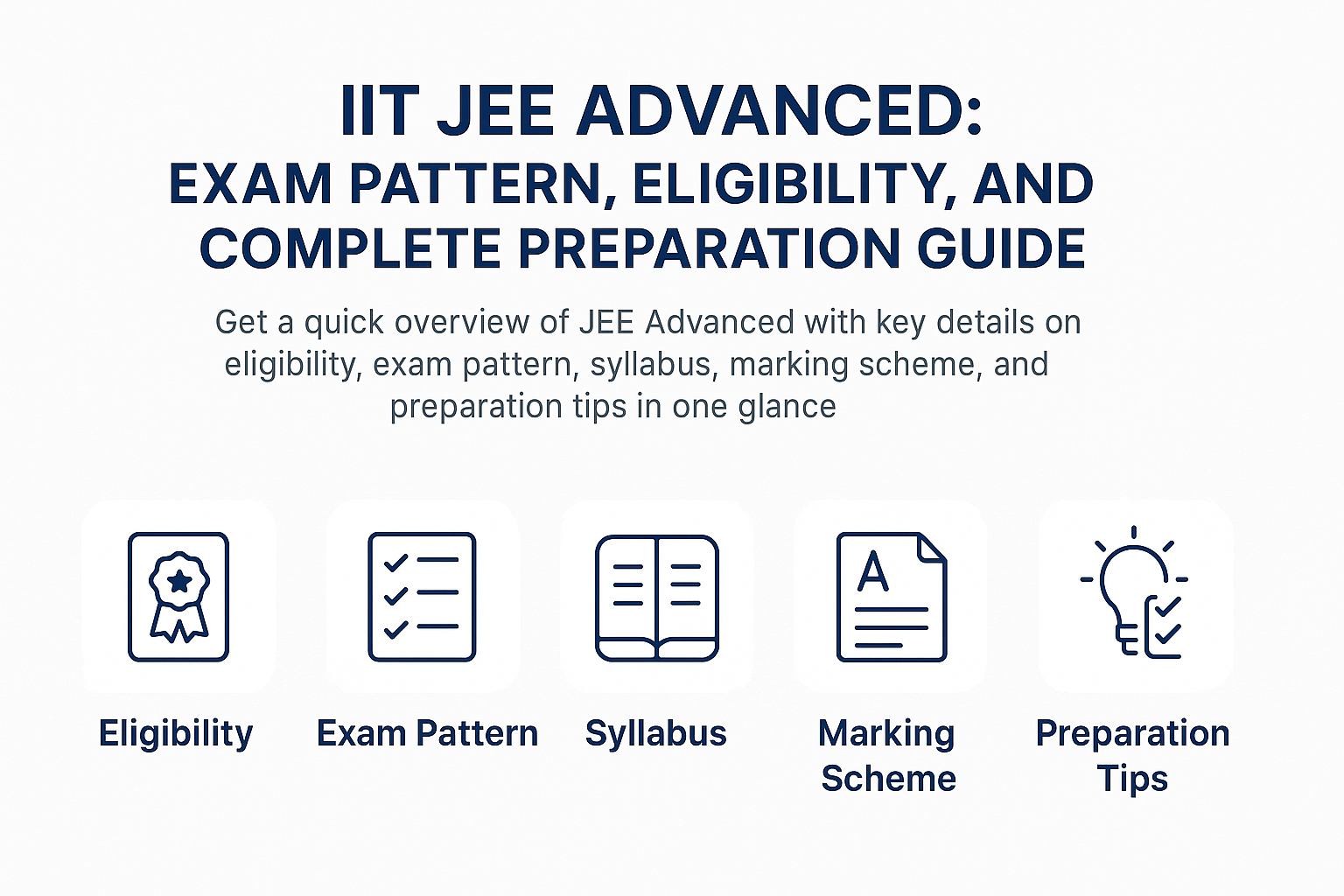
Get a quick overview of JEE Advanced with key details on eligibility, exam pattern, syllabus, marking scheme, and...
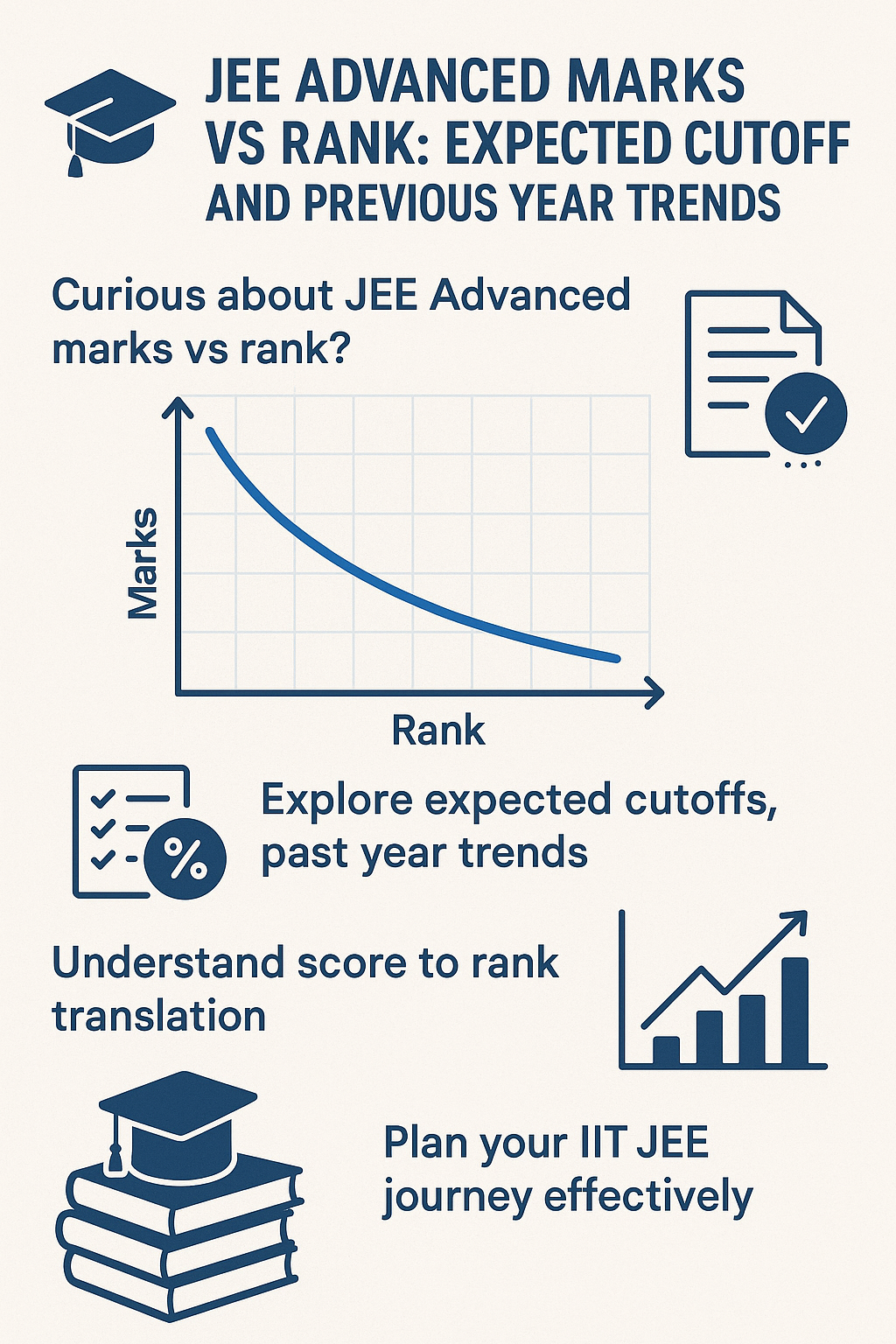
Curious about JEE Advanced marks vs rank? Explore expected cutoffs, past year trends, and how your score translates...
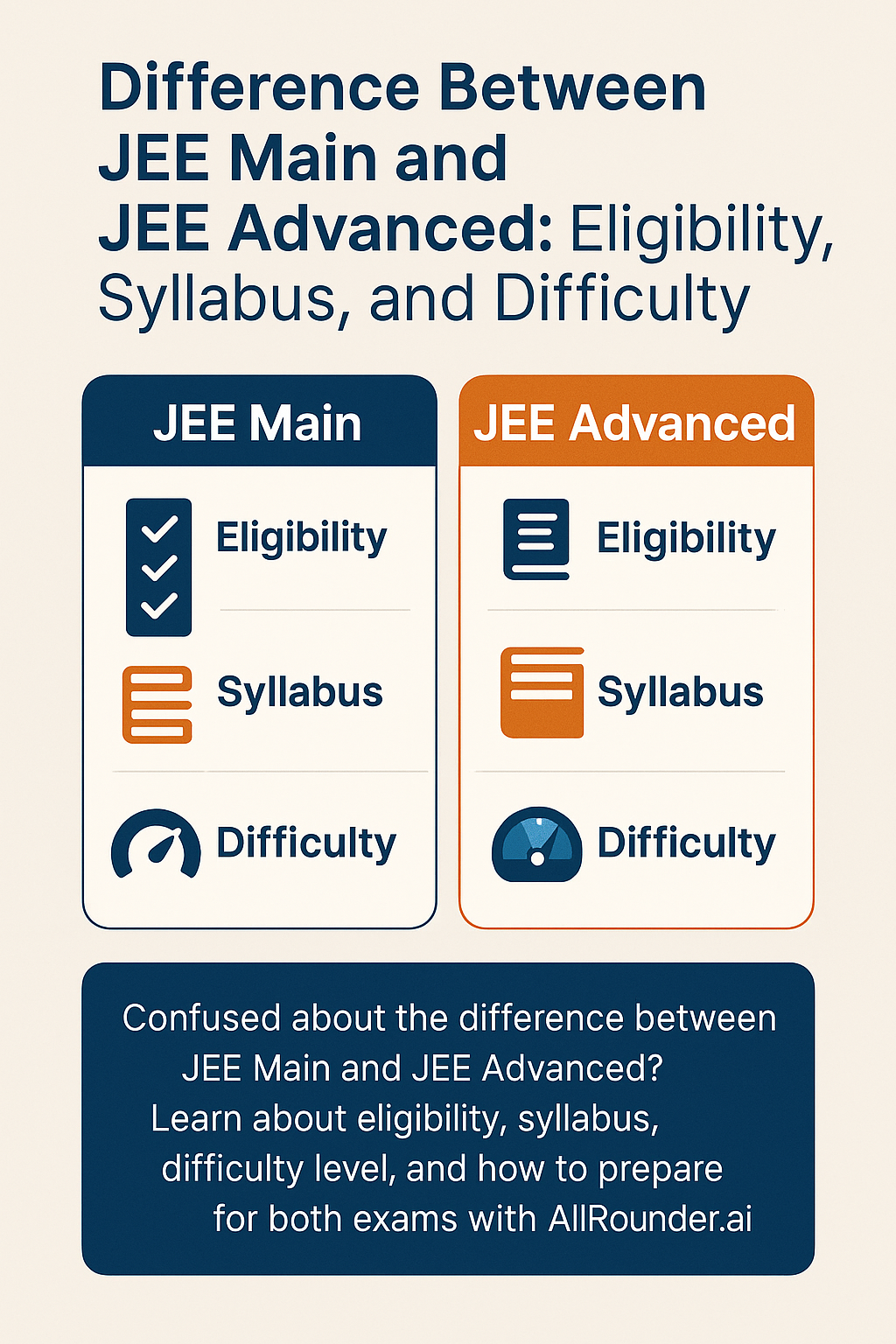
Confused about the difference between JEE Main and JEE Advanced? Learn about eligibility, syllabus, difficulty...
Resources
-
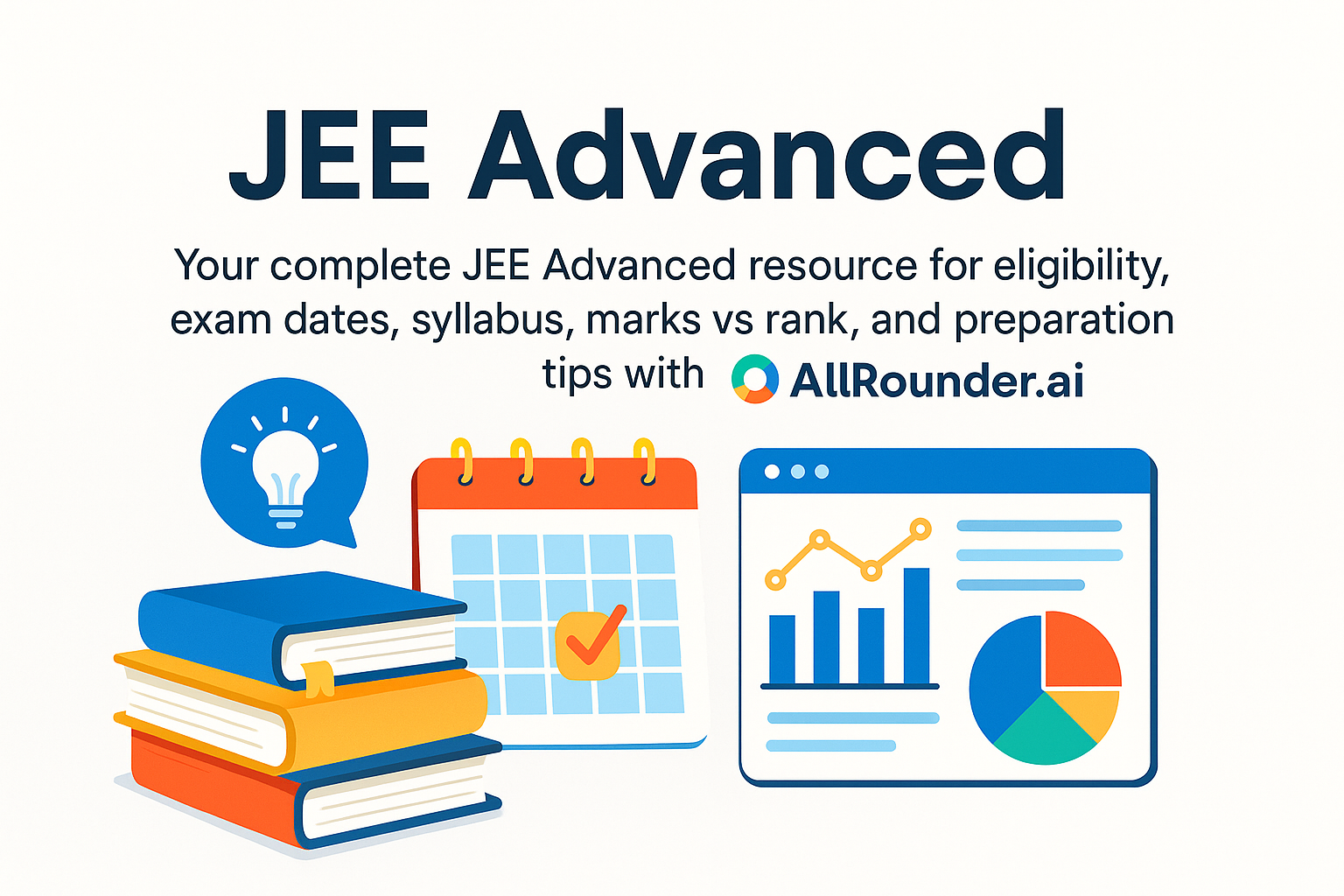
Your complete JEE Advanced resource for eligibility, exam dates, syllabus, marks vs rank, and...
-
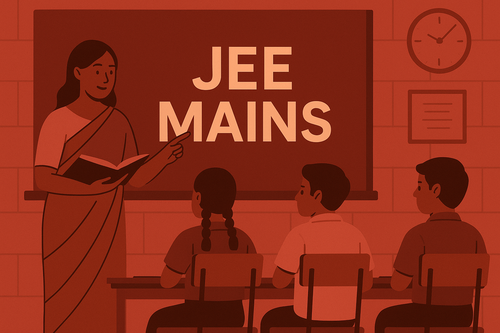
Understand the entire JEE Main process, from application and eligibility rules to the exam...
-

Explore the IB Board – a global curriculum emphasizing holistic, student-centered learning...
-

Learn about CBSE – India’s national school board offering a standardized curriculum, NCERT...
-

Explore everything about the ICSE board – its curriculum, subjects, exam format, and academic...

